Producers
-
Description:
The winery of Andrea Felici is located in the Marche region, between Apiro and Cupramontana, the heart of the homeland of Verdicchio. Nestled on a hill at the foot of Mount San Vicino at an altitude of 516 meters above sea level, Azienda Andrea Felici possesses a wonderful landscape; a green valley with tilted slopes, blanketed by beautiful woods and vines, marked by the high peaks of Gran Sasso and Maiella to the south and Mount Catria to the north. The climate is dry, with average annual temperatures in the mid-50s and a constant breeze throughout the year. This is the southwest corner of the Verdicchio dei Castelli di Jesi appellation. The area is further inland, with more limestone, a bit less influence from the Adriatic Sea, and temperature swings between day and night that are more drastic.
This winery practices organic viticulture with certification. Grapes are harvested by hand, the clusters are gently placed in small boxes and the grapes are pressed within a few hours, and temperature controlled fermentation is achieved without oxygen. About half of the harvest ferments on its skins, only during the kinetic part of alcoholic fermentation. The wine matures and mellows in cement and stainless steel vats for a period much longer than the minimum prescribed by regulations.
The winery started estate-bottling in 2003. Today, the 15-hectare estate is run by Leopardo Felici, whose passion for and dedication to Verdicchio are immediately obvious, as is his broad knowledge of the wine world; before taking over the estate in 2007, his father insisted he gain more wine experience, so Leo worked as sommelier in London at Gordon Ramsey's Savoy and in Florence at Enoteca Pinchiorri. The winery produces only two wines: a single-vineyard bottling– “Il Cantico della Figura”– and a cuvée, “Castelli di Jesi Classico Superiore.” Both wines are marked by incredible purity of fruit and pronounced minerality; these are high-quality wines that are immediately pleasurable and approachable, but which are also characterized by longevity and the purity of the Verdicchio grape in this unique landscape.
To view Andrea Felici's website, click here.
Image: Region:
Region: -
Description:
Widely recognized as one of the most exceptional of the small, independent sherry houses, Rey Fernando de Castilla was founded in 1837 by a family named Andrada-Vanderwilde. Fernando Andrada was the owner. They started producing brandy in 1956 (they are very famous for their brandy in Spain and Europe) and trademarked the name Rey Fernando de Castilla in 1969.
In 1999, the house was purchased by Jan Pettersen, a Norwegian with a passion for top quality sherry and 15 years experience at Osborne. After taking over the cellars of the sherry shipper José Bustamante, located next door to the main facilities of Fernando de Castilla, Jan quickly revitalized this winery, and today they are once again known as masters of the production and aging of fine, unblended, untreated sherries.
They produce two lines: the Classic and the Antique. The wines in the Classic line have lower alcohol, and are styled to be more, well, classic, meaning that these are wines that are textbook representations of their kind. However, this house’s reputation is based on the excellence of the Antiques, a series of intensely pure and complex single solera sherries that undergo extended aging in the cellar (the Antique PX is a 30-year-old system, while the Fino is 8 years) which results in sherries of great complexity and depth.Image: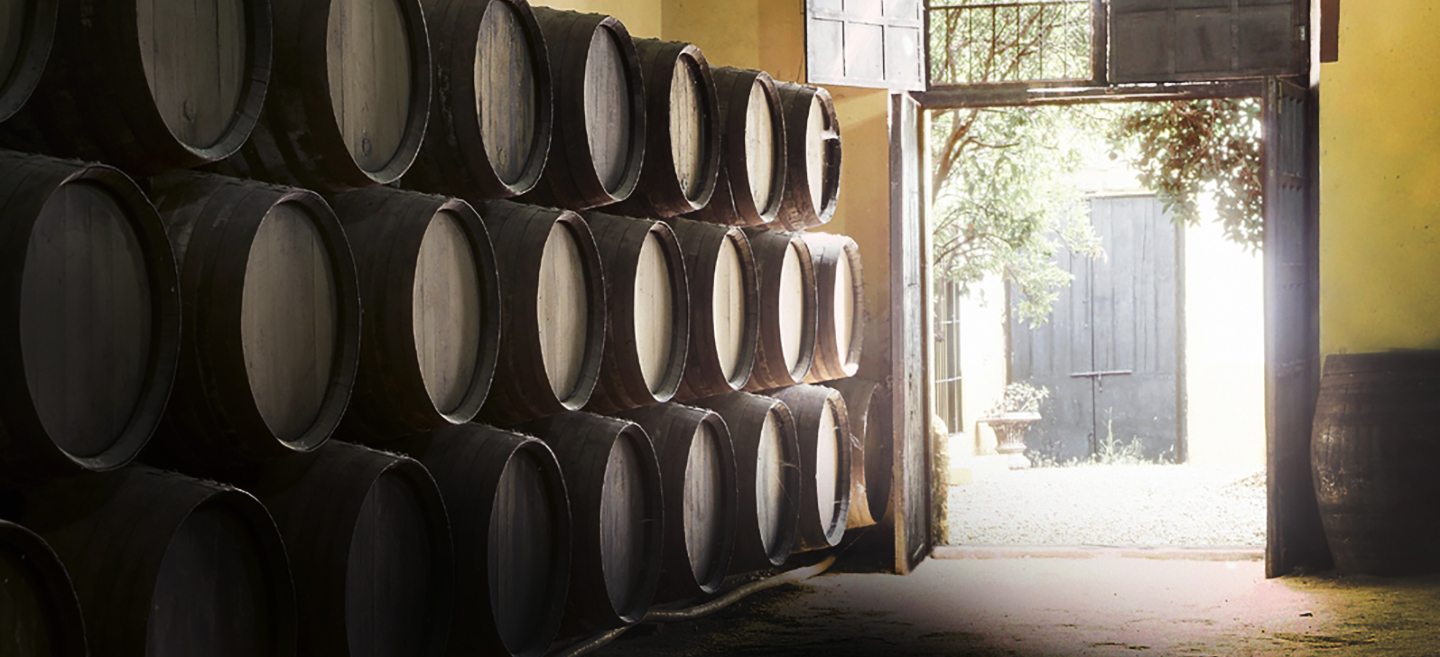 Region:
Region: -
Description:
Figgins is the project of veteran winemaker Chris Figgins, best known for being the winemaker at his family winery Leonetti Cellar. Although he could easily have been content carrying on Leonetti’s stellar track record as one of the best wineries in Washington, Chris wanted a project that would be all his own. With that in mind he created the Figgins vineyard, a 32-acre plot of land in Walla Walla planted to Cabernet, Merlot, and Petite Verdot.
Inspired by the estate wineries of the old world, all of these grapes go into making one wine, with the goal of exploring this single terroir. The winemaking is the same each year and therefore the only variables on this wine are what the vintage provides. The blend changes subtly each year in response to the unique conditions of that season, thus encapsulating and translating a time and place in the way that only wine can do. Chris is the second generation of Walla Walla’s first bonded winery, and rather than just holding steady he is intent on refining and improving the already revered reputation of his family. At Figgins and Leonetti, Chris is producing some of the greatest wines in the United States and, though he is already well on his way to a long and venerable career, this is merely the beginning.
Image: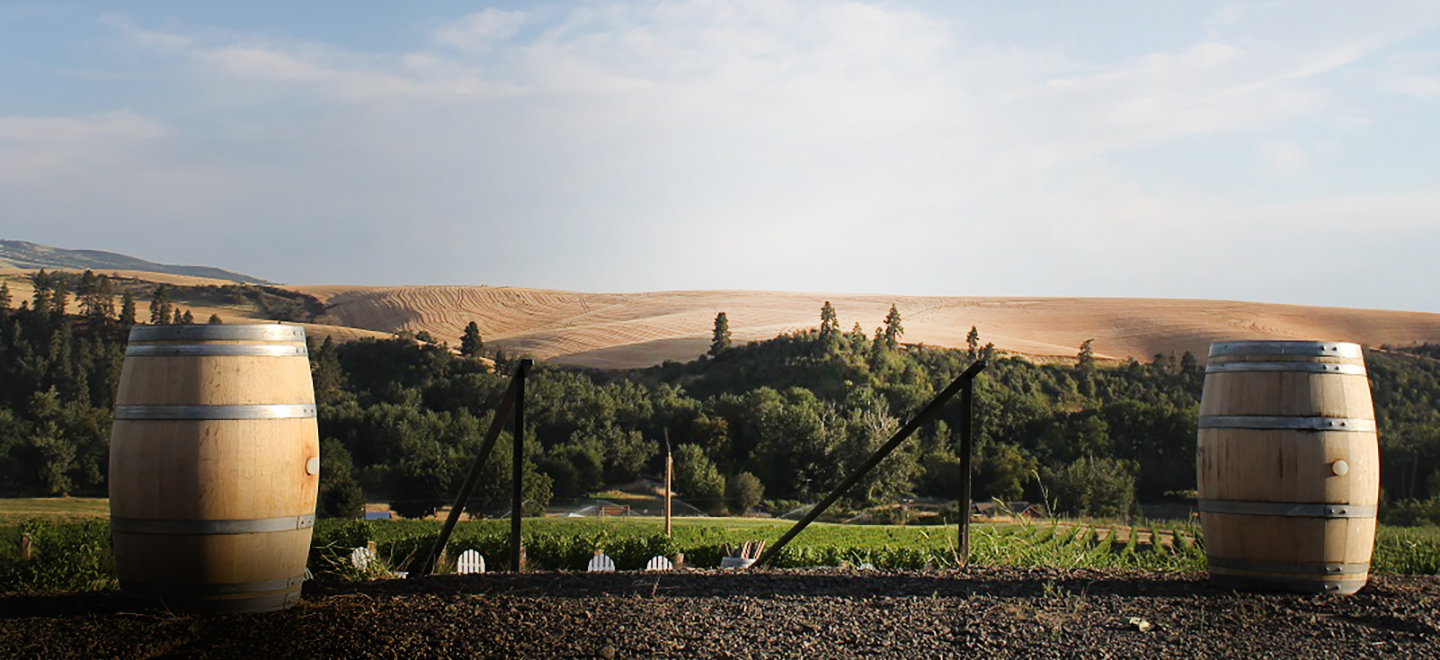 Region:
Region: -
Description:
Thank you to importer Louis/Dressner for this profile of Filliatreau:
(Click here for more Filliatreau information From LDM and here for the winery's website)
Domaine Filliatreau is a large estate of about 50 hectares located near the city of Saumur. The estate is known for its fruity, easy drinking style of Cabernet Franc; in fact it was founder Paul Filliatreau's stylistic shift to stainless steel vinifications with short macerations in the 1970's that made the style popular and in demand in Parisian bistros.
The vast majority of the production consists of Cabernet Franc from the Saumur and Saumur-Champigny appellations, along with a small amount of Chenin Blanc for white wine. Since the early 1990's a side project focusing on organic viticulture called Château Fouquet has been run in tandem with the historic Filliatreau vineyards. Today, the entirety of the Filliatreau estate is certified organic and Château Fouquet is on the verge of being certified biodyamic.
Their most famous vineyard is called La Grande Vignolle; it rests atop a tuffeau stone outcrop that runs along the Loire river for a number of kilometers. During the 16th and 17th centuries, the stone, a creamy colored limestone, was quarried for building some of the great monuments and châteaux of the Loire. Cave dwellings and a few formidable houses were actually carved into the cliffs. The "La Grande Vignolle" label is a depiction of this site.
The soil and subsoil of the vineyard are highly calcareous. This type of soil lends the Cabernet Franc grapes juicy flavors and good acidity. The vines are of considerable age and yields are kept low. The wine is vinified in stainless steel and bottled unfiltered. It is rich in red fruit flavors, with a touch of tobacco and licorice in the finish and has excellent aging potential.
The other cuvées available in America are a Saumur Blanc called "Lena", an entry level Saumur Rouge, a "Vieilles Vignes" bottling of Saumur-Champigny and the "Château Fouquet" from the vines worked biodynamically. Ocasionally, a pétillant naturel called "Filibulle" is produced and we try to bring in as much as we can.
Image: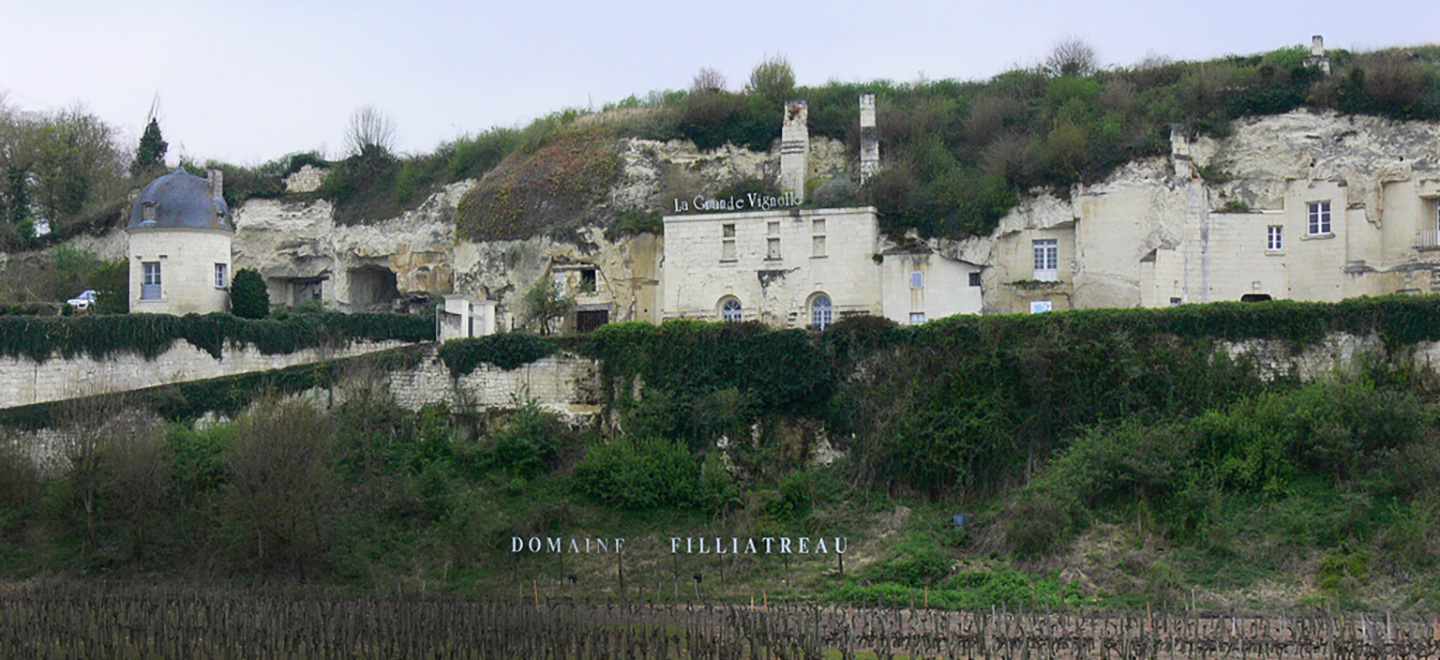 Region:
Region: -
Description:
This micro winery is located in Chacras de Coria (Lujan), Mendoza, They farm from three hectares and go back three generations within the Furlotti family. The vineyards were planted in 1916, all to Malbec; from this they only produce one wine, which is made by famed winemaker Carmello Patti who focuses on balance and terroir. This is considered the smallest winery in Argentina and produces less than 500 cases per year, with only fifty cases for export to the US.
This profile and tasting notes were edited from the Brazos Wine website, along with the pictures used. For more information please visit: Brazos
Image: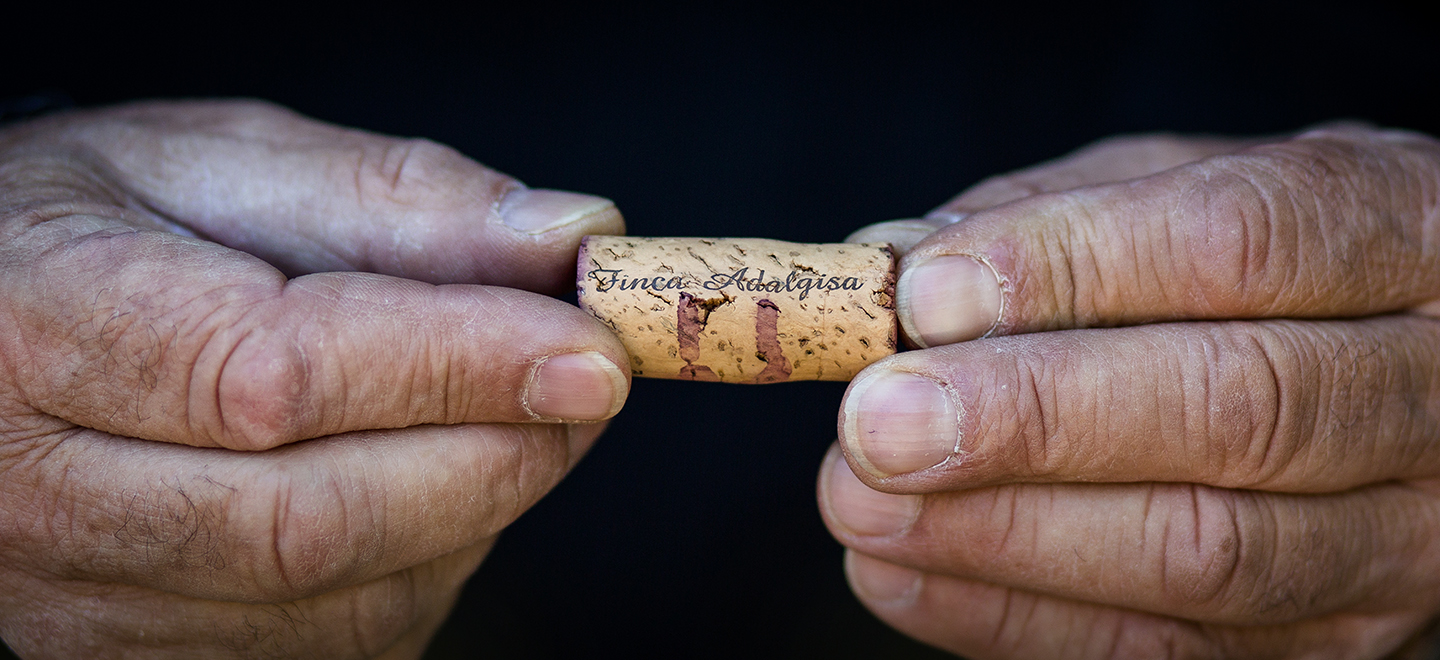 Region:
Region: -
Description:
Domaine Gerard Fiou is a small family domaine in the east of the Sancerre appellation in the town of Saint Satur. There are only a handful of producers here and the soil is unique in that it has a high percentage of silex (or flint) which typically is identified with Pouilly Fumé, which lies just across the Loire river. The domaine now has just under 10 hectares, and they are in the process of converting to certified organic viticulture. Only 15% of the Sancerre appellation has these special silex soils. The terroir, coupled with the older vineyards (an average of 60 years old), gives the wines have a unique and intense mineral expression that is distinctly Sancerre. Domaine Gerard Fiou has been certified organic as of the 2023 vintage.
Image:Region: -
Description:
Fitz Roy is a collaboration between Elixir Wine Group and Alex Huber of Invina wines in Maule, Chile. Kirk Ermisch, CEO of Elixir Wine Group, in partnership with Invina, curates the highest quality wine from the most esteemed Invina vineyards to showcase the purest expression of the Maule region.
Founder and CEO of Invina, Alex Huber, moved to Chile in 2001 after a storied career in business and the foreign service. He joined his father’s vineyard project where he lived on the vineyards in Maule and became immersed in the family business.
Alex believed that Chile’s key competitive advantage were its vineyards, so in 2007 the Huber family formed Invina, whose original focus was produce premium grapes in Maule to sell to other wineries. Several properties were acquired, with a view of creating a project that reflected the diversity of the Maule Valley. New vineyards were planted, and old vineyards nurtured, applying modern planting and management techniques.
In 2012 the family built a winery, and since then it has been a journey of discovery and appreciation for the quality of grapes produced by the vineyards.
Image: Region:
Region: -
Description:
Erik Longabardi and Benford Lepley, both Long Island natives, started Floral Terranes in 2017 out of a shared passion for fruit foraging and fermentation. Their ciders and wines, made in Erik's garage in Roslyn, are a by-product of their deep interest in the conservation of land and fruit trees on an ever-developing Long Island. For their cider production, they forage apples from an array of sites - ranging from one-off roadside trees to residential yards to small orchards. The incorporation of wine production with their ciders was a natural progression. Through the years, they have developed relationships with a number of growers on the North Fork and are now sourcing fruit from an unnamed site, referred to as 'Elijah Vineyard' in Mattituck, NY, less than a mile from the Long Island Sound. It's surrounded by abandoned farmland, vineyards, organic vegetable farms, and tree nurseries.
All of their still ciders are naturally fermented and allowed to go through their complete malolactic fermentation. They are aged in glass demijohns and neutral barrels before being hand-bottled. For their wine production, the grapes are foot-stomped and left in open-top containers to ferment spontaneously (the white wines either see a period of skin-maceration or go direct-to-press). The wines are matured in old neutral wood barrels for up to 10 months before bottling. For cider and wine, they add the minimum effective amount of so2 at crush; from that point on, there is only a small addition at bottling or sometimes none at all. The results are delicious and express a clear sense of Long Island terroir. Simply put, Floral Terranes are making some of the most compelling wines and ciders in New York State, and we are thrilled to have the opportunity to work with them.
Image: Region:
Region: -
Description:
Thank you to to importer Louis/Dressner for this estate profile:
(Click here for Louis/Dressner's Fongoli entry and here for Fongoli's own website)
We’ve known Giampiero Bea from Paolo Bea in Montefalco since the early nineties and have been fans of his wines even before that. Throughout the nineties into the aughts, we would ask “Giampiero, is there no one in Umbria working the way you do and making real wines?” The response was always a half-hearted pause in the guise of rumination and then a definitive “No.” We imagine his response remains the same today.
Over the course of time Montefalco wines have been driven in demand in good part because of Bea’s great work and as a result there’s been a blossoming of wineries and vineyards. It was the Etna before there was ETNA! The trendy region for the in-the-know wine group. Since the late nineties, it seemed the area was taking a turn for the worse - spoofy wines, made for quantity and consistency rather than terroir. But more recently, there is a swing back to less immediate, more traditional and stoic wines – the wines that actually express the work in the vineyard and the grape and soils of the region.
Angelo Fongoli is the fourth generation to be making wine at the Fongoli family estate. Since the early 2010’s, Angelo has taken the estate--that was, of course, until the eighties a poly-cultural farm using conventional systemic viticulture, then moved towards an almost monoculture farm--back to a more diverse farming culture concentrating on biodynamic techniques. The estate is now almost 40 hectares of vines, vineyards, olive trees, forest and natural truffle production. About 20 of these hectares are now planted in traditional grape varieties of the region – Trebbiano Spoletino, Grechetto, Sangiovese, Montepulciano and Sagrantino – the oldest of which are more than 40 years old. The vines have been certified organic by Ecocert since 2013, and since then only the use of sulfur and limited copper on the vines, the planting of soveccia - legumes, grains and other nitrogen-rich, complex-rooted plants that open the soil and add nutrients. More recently, Angelo with his wife Letizia have begun working the farm completely in biodynamic techniques, seeking quality grapes over quantity production. They are fully satisfied with the results and now make the wines without the addition of sulfur or any other enological products.
The vinifications range from stainless steel with and without temperature control to aging in barrels or demi-muid. They also make two wines in anfora that are made in the nearby town of Deruta – Maceratum for the 100% Trebbiano Spoletino white and Fracanton for the 100% Sagrantino red made in the style of his grandfather and great-grandfather. There is also a 100% Trebbiano Spoletino metodo ancestrale frizzante refermented in bottle using reserved must. There are also still red and white wines – notably some very traditional Montefalco Rosso, Bicunsio, and a Riserva, Serpullo.
Tasting the wines, we have to say that we think Giampiero is not entirely right. There are winemakers in Umbria with the dedication and respect to their vineyards, terroir and traditional wines. The wines that Angelo and Letizia are making are among the finest from the entire region.
Click here for an informative interview of Angelo Fongoli by Monty Waldin.
Image: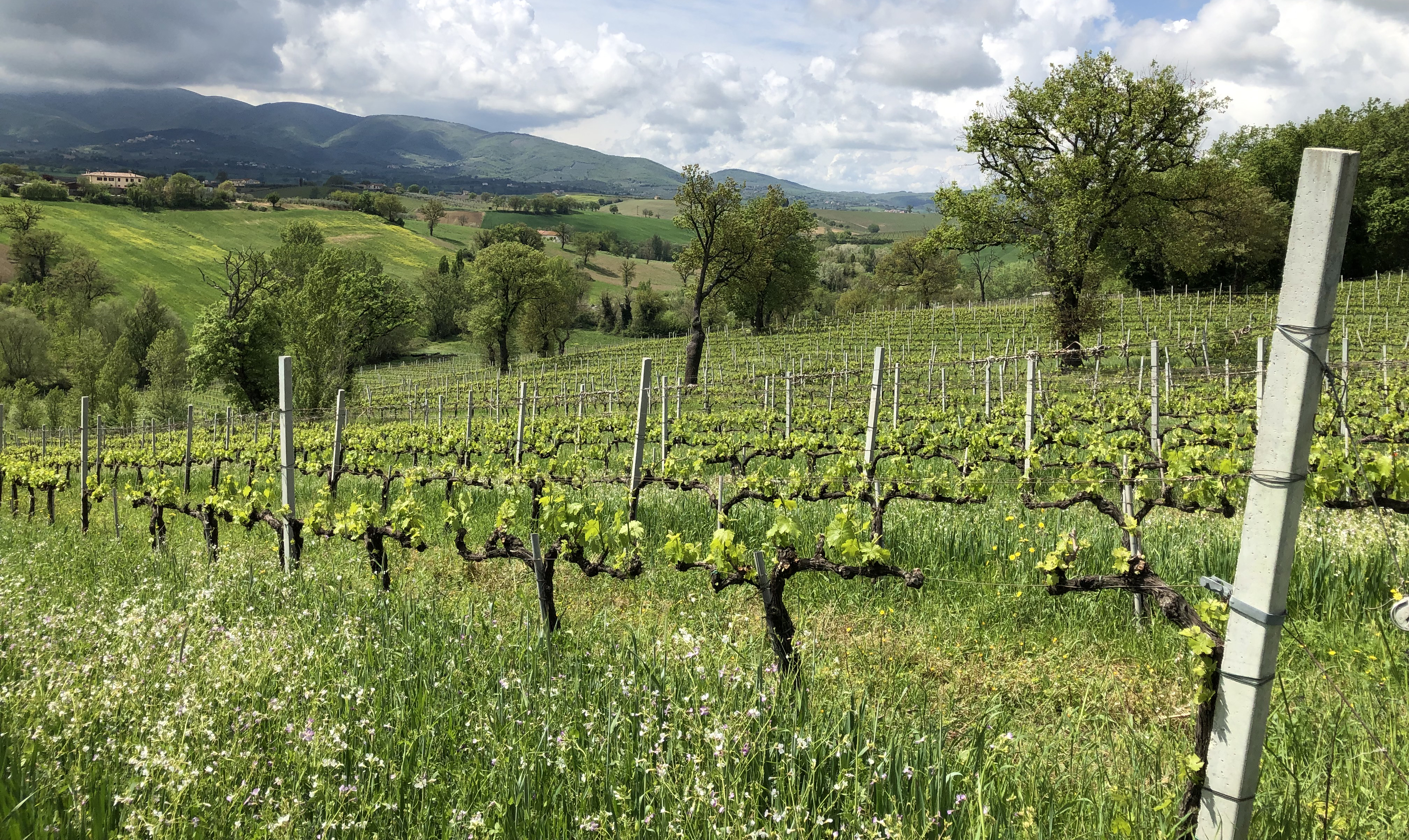 Region:
Region: -
Description:
Thank you to importer Louis/Dressner for this producer profile:
(Click here for more on Fonterenza from Louis/Dressner and here for the winery's website)
Founded by twin sisters Margherita and Francesca Padovani in 1997, Fonterenza is a biodynamically farmed estate spread over the commune of Montalcino. Though the twins grew up in Milan, the farm where they currently reside has been in the family since the 1970's. Viticulture, however, does not run in the Padovani family; in fact, there were no vines whatsoever on the property until Margherita planted the first plots in 1999.
Francesca quickly joined her sister on the project, and subsequent plantings took place in 2002 and 2005 over four hectares of vines, with 3.5 hectares planted in Sangiovese and the rest in Cabernet Sauvignon (regrafted to Sangiovese in 2012). From the beginning, Margherita and Francesca agreed not to use chemicals in their vineyard practices, which quickly led to an interest in biodynamic viticulture and, a few years later, minimal intervention winemaking.
The estate now consists of three plots totaling 4.2 hectares: Vigna del Bosco (2h), Vigna della Strada (1.7h) and Vigna Alberello (0.5h). The first two were planted in 1999 and the third in 2005. While all the vineyards are gorgeous, Vigna del Bosco is particularly stunning; one must walk or drive down a long beautiful path to arrive to a hill completely surrounded by woods.
Four wines are produced from the estate. A rosé is made from the most vigorous vines of the three vineyards. The Rosso di Montalcino is sourced from Vigna del Bosco and Vigna del Strada. The newer "Alberello Rosso" comes from Vigna Alberello and distinguishes itself with soil and exposition variations along with being trained in gobelet versus guyot, resulting in much lower yields and higher concentration. Finally, the estate's Brunello comes exclusively from Vigna del Bosco, a site the sisters consider of exceptional quality akin to a cru.
A few wines made from purchased fruit and rented parcels round out the lineup. A skin contact white named "Biancospino" from Malvasia, Trebbiano and Procanico comes from a nearby parcel of old vines the sisters rent. Another macerated white called "Le Ragazze" came into production in 2018. Finally, "Pettirosso" is "inspired by our friendship with French vignerons and their culture of thirst-quenching wines, conceived to satisfy the needs of everyday drinking and convivial sharing, our idea was to make an Italian vin de soif."
Margherita and Francesca's constant and steady evolution have made Fonterenza one of the most exciting estates for us to follow in the past few years. Every vintage just keeps getting better and better.
Image: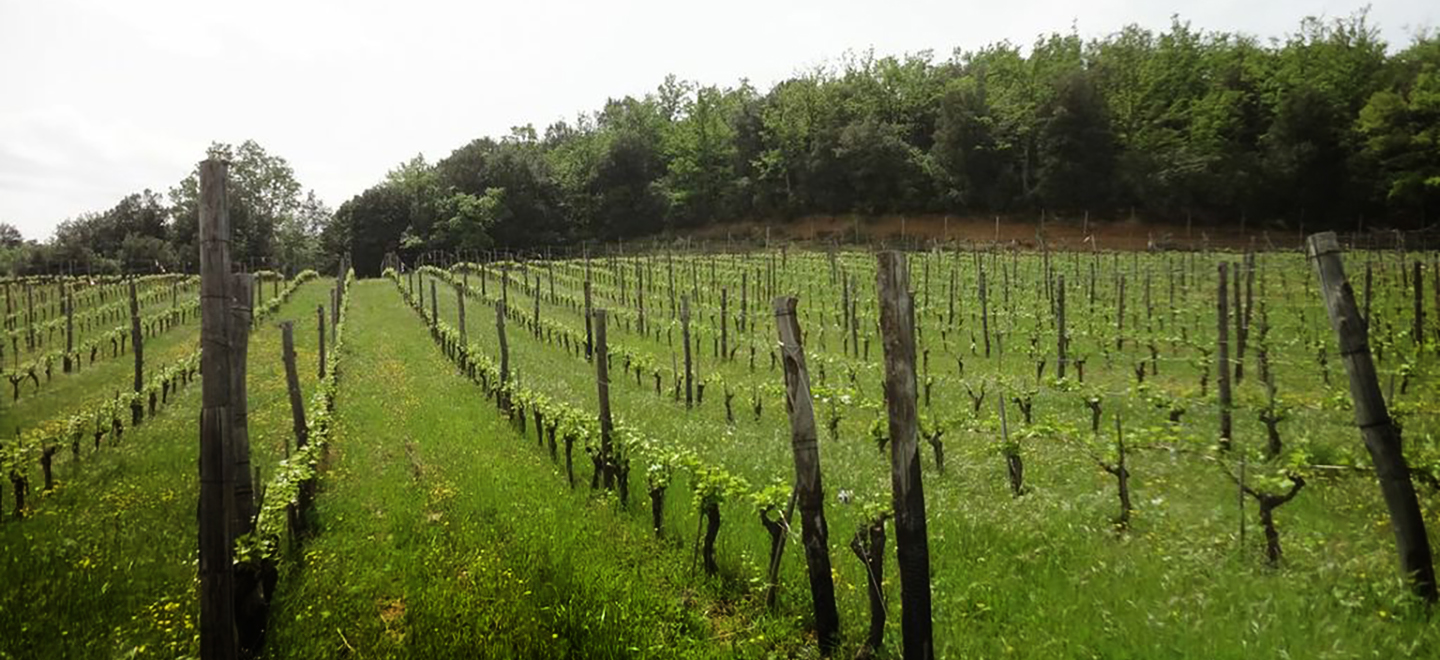 Region:
Region:
